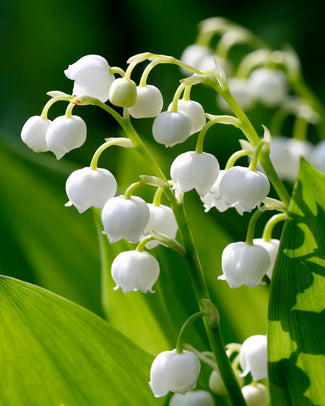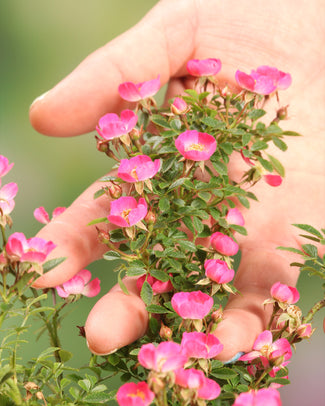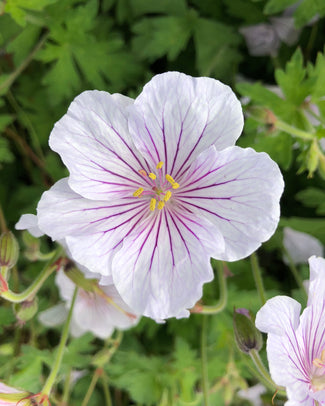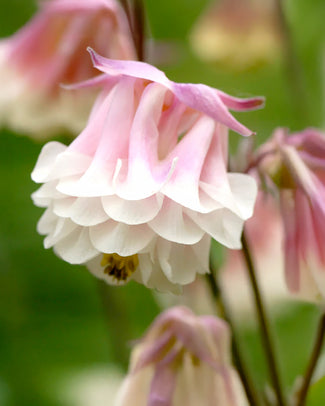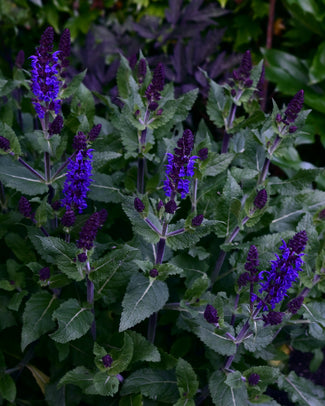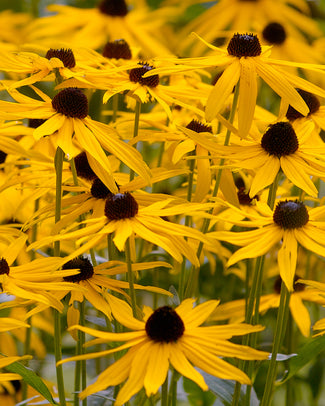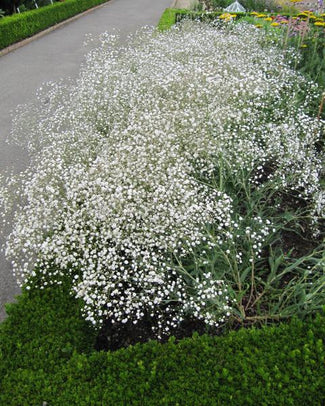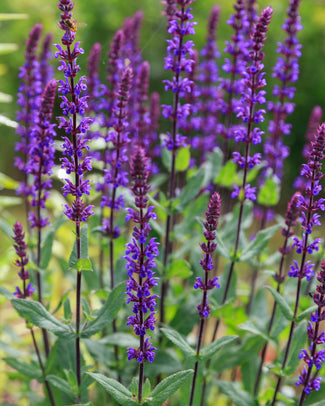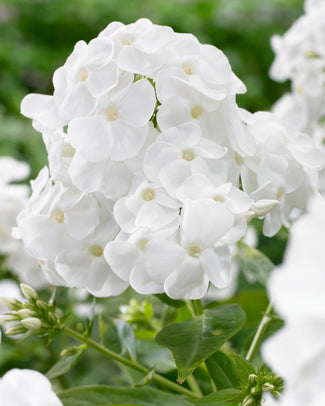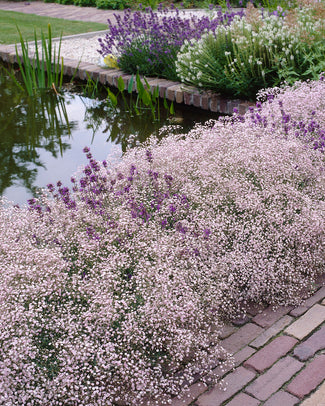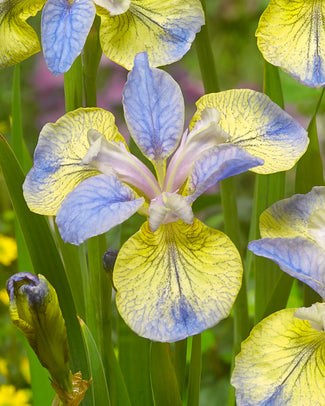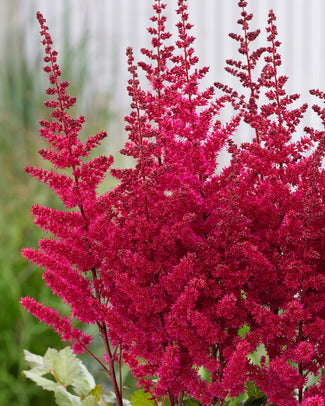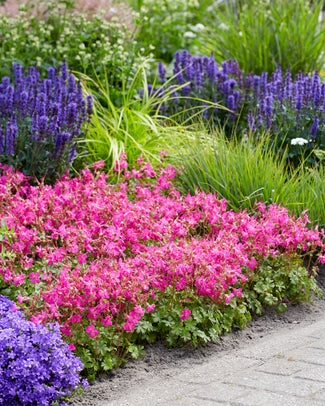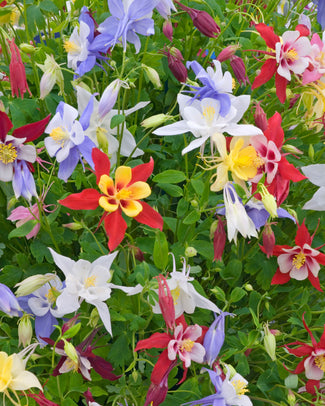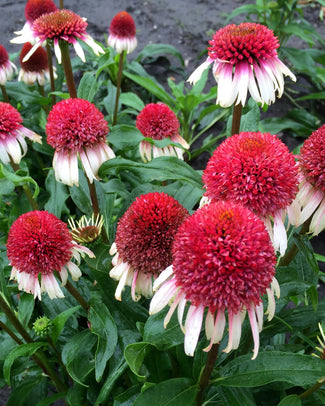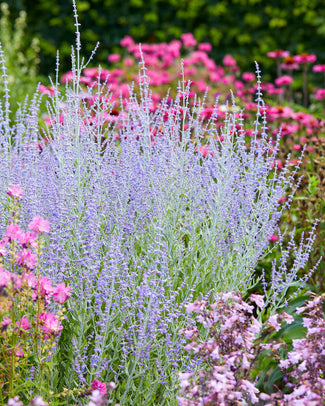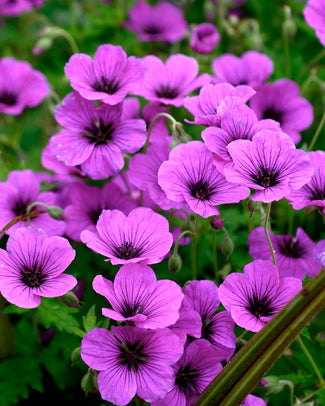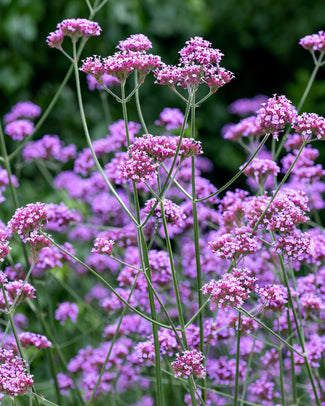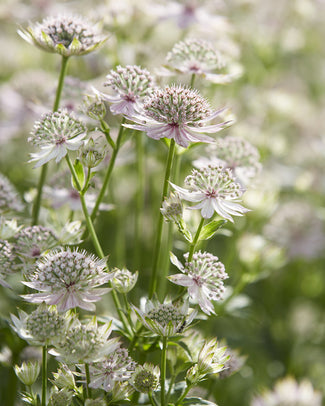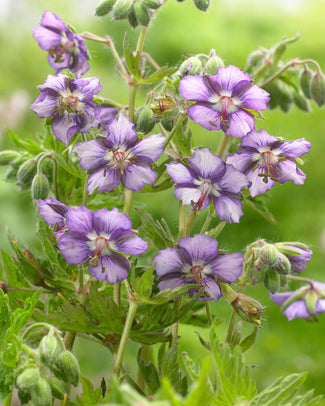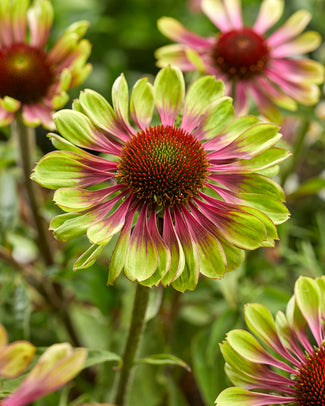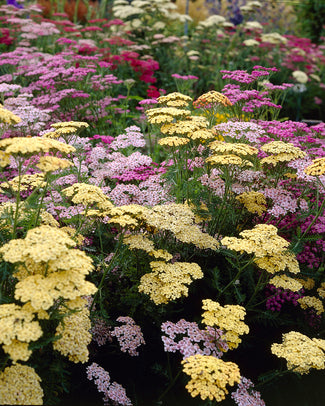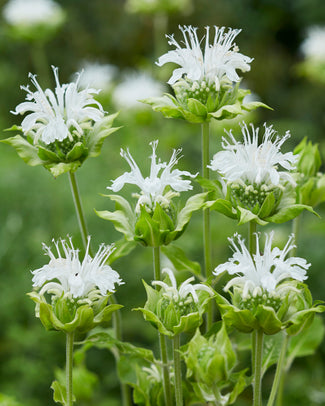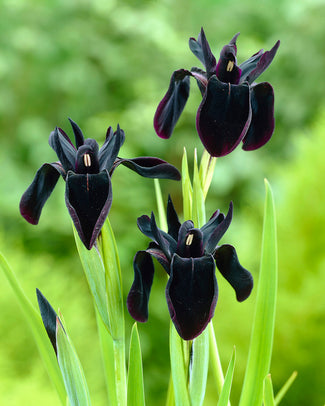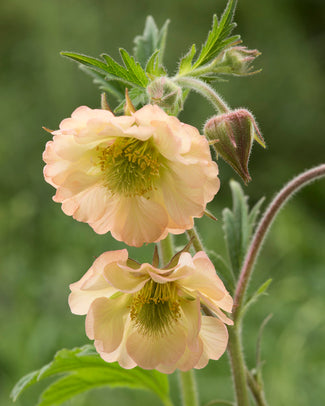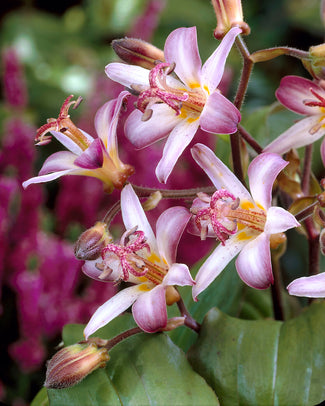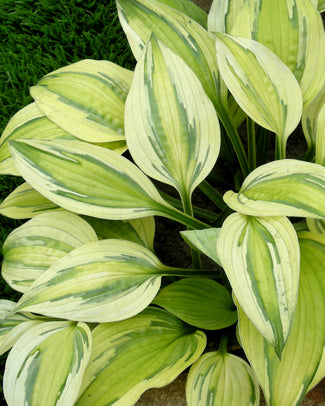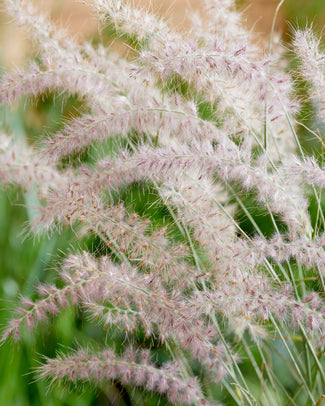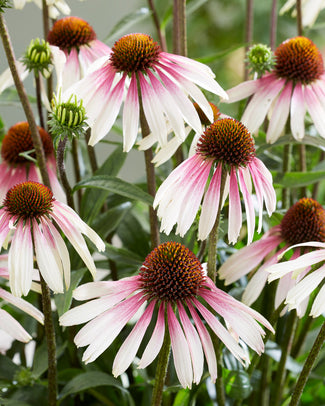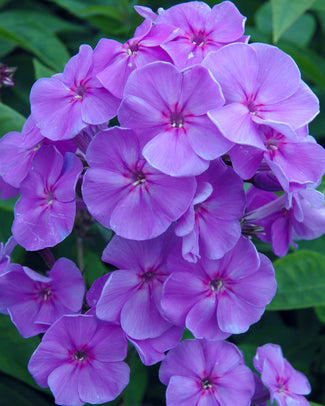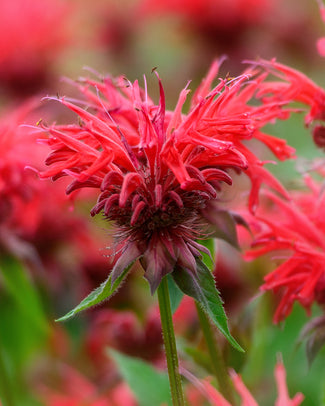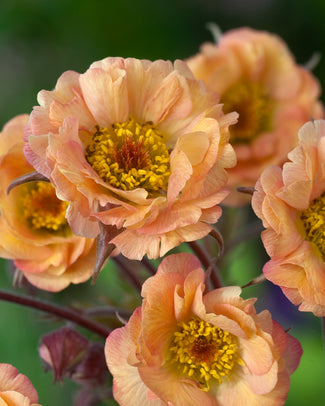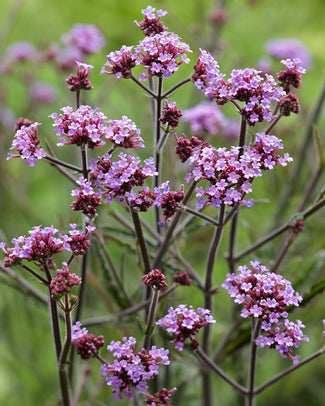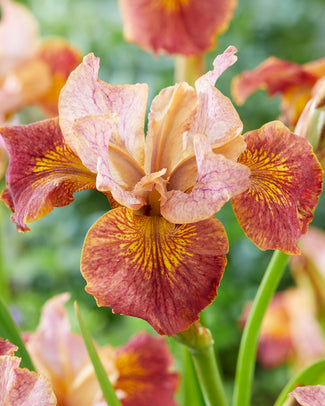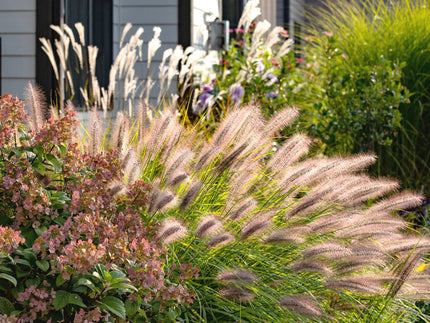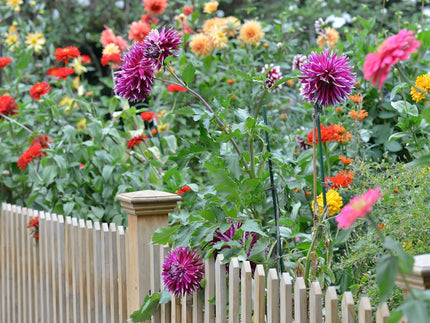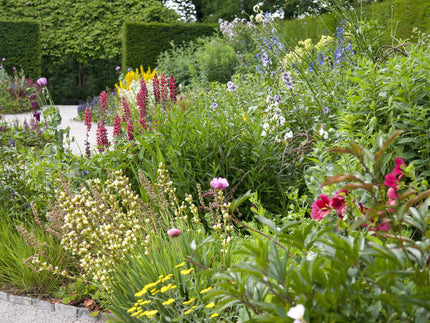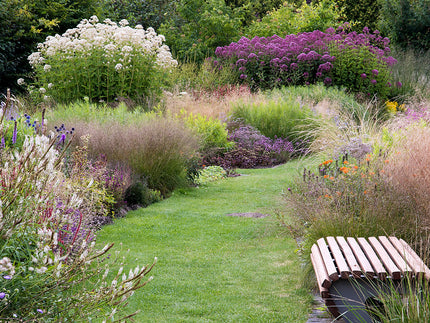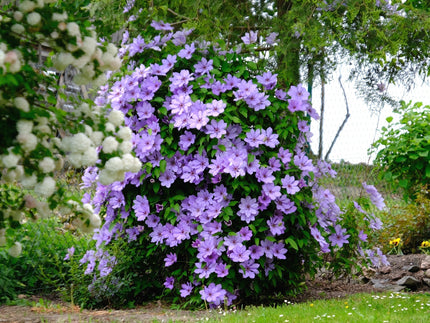How to plant Pulsatilla
Pulsatilla, also known as Pasqueflower, flowers around Easter time with unusual blooms which are coated in a soft fuzz. Native to the rocky Alpine slopes and chalk meadows of Europe, Pulsatilla needs a sunny aspect and good drainage to thrive. It grows best on limestone, gravel or sandy soil, and doesn’t like to be at all waterlogged. It is suitable for rock gardens, Alpine displays or the front of a sunny border, where it can establish without being disturbed. It is fully hardy, and will naturalise by spreading over time to form large clumps, in the right conditions. The flowers are magnet for early pollinators.
How to plant
- Plant Pulsatilla bare roots in spring between February and May, ideally within a week of delivery.
- Soak the roots in water for 3-6 hours prior to planting. Pot into temporary 2 litre (or 15-20cm diameter) pots, using a good quality multi-purpose compost. It’s not essential, but grit can be added to aid drainage.
- Plant with the roots submerged and with the top of the root system with buds just level with the soil surface. Any shoots or leaves which have emerged already should be left exposed above the soil surface.
- Grow them on in a sheltered area outside. They can be transplanted into suitable growing positions after 2-4 months or once growth is established and the plants easily come out of the temporary pots with the soil held together by the roots.
- When planting into the garden, choose a sunny position with free-draining soil. Ensure the area is dug over and cleared of weeds first.
- Keep space clear around the young plant and ensure neighbouring plants or weeds are not overcrowding it.
- Pulsatilla is hardy to around -15C and does not require winter protection in most areas.
- Water-in after planting and keep hydrated when in growth, particularly during the first year.
Aftercare
- New growth emerges within around a month of planting. New leaves appear every spring, followed by flowers in April/May. They may not flower in the first year.
- Pulsatilla fully dies back in autumn, at which point you can cut all leaves and stems back to around 3cm above soil level.
- Pulsatilla is a clump-forming perennial and over time the root system will increase in size and produce more blooms. When needed, you can divide clumps in autumn.
- Pulsatilla should be planted at a spacing of at around 10-20cm between plants if planting in groups and typically take 1-2 years to establish.
































































































































































































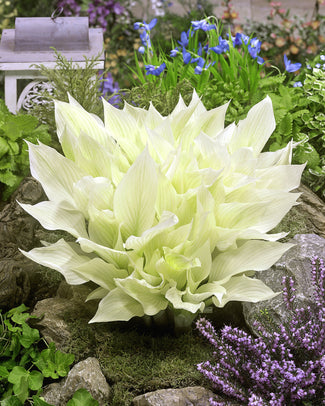
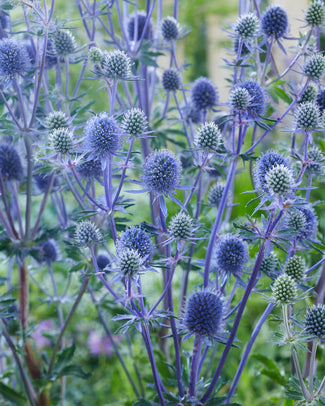
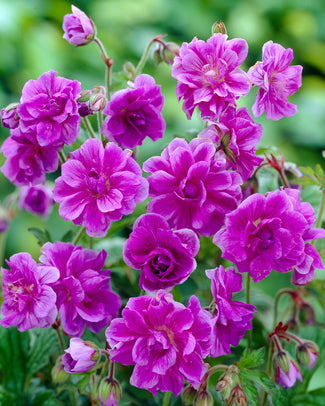
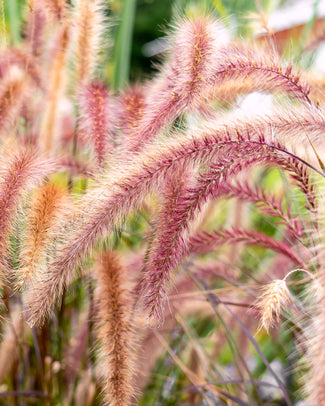
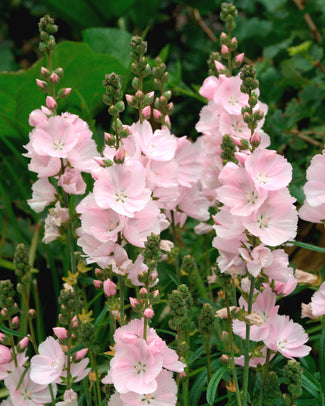
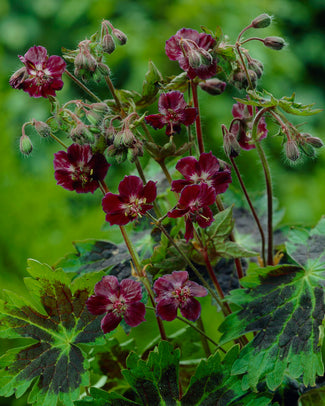
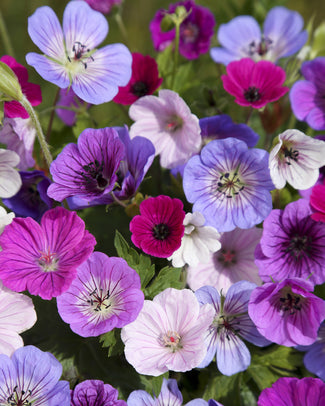
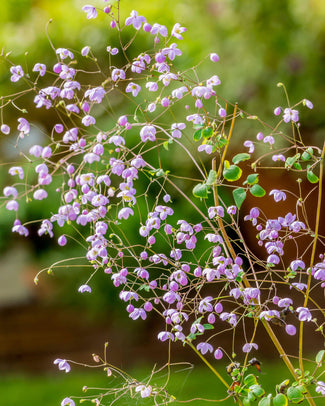
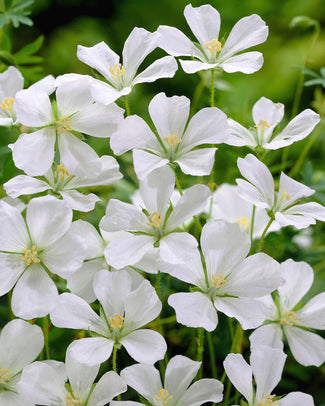
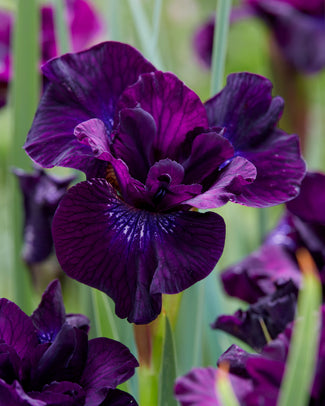
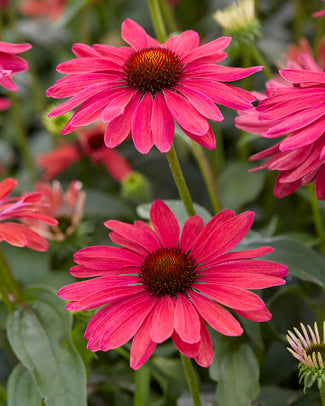
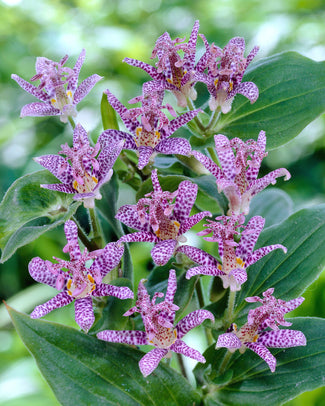
![Agapanthus 'Black Buddhist' []](http://www.farmergracy.co.uk/cdn/shop/products/agapanthus-black-buddhist-1_325x.jpg?v=1575625838)
